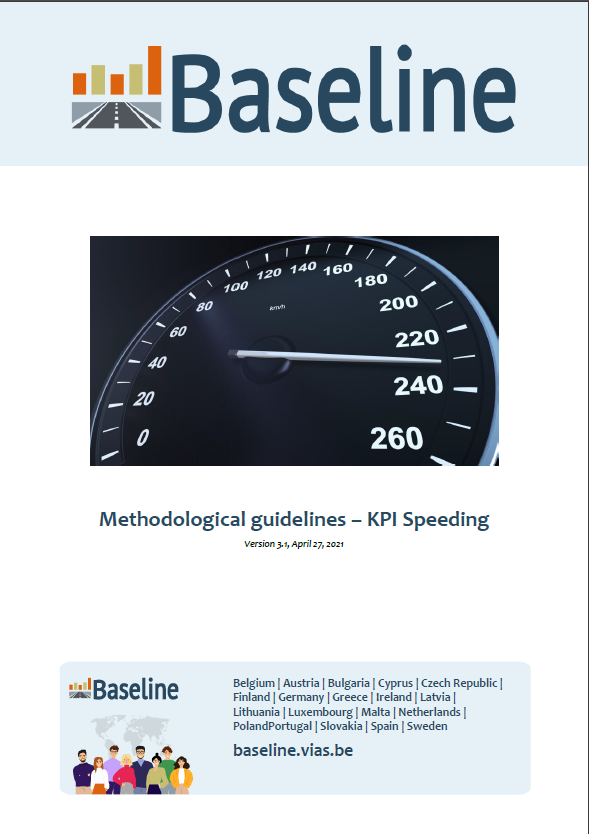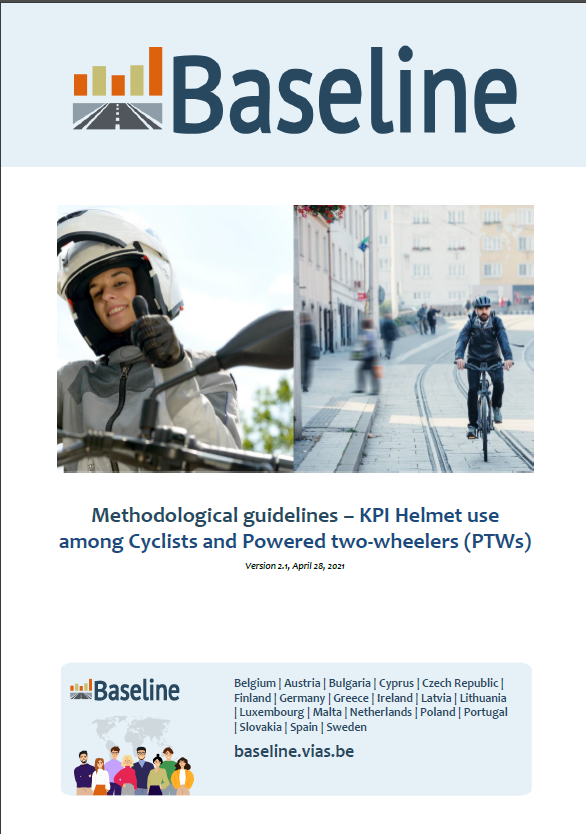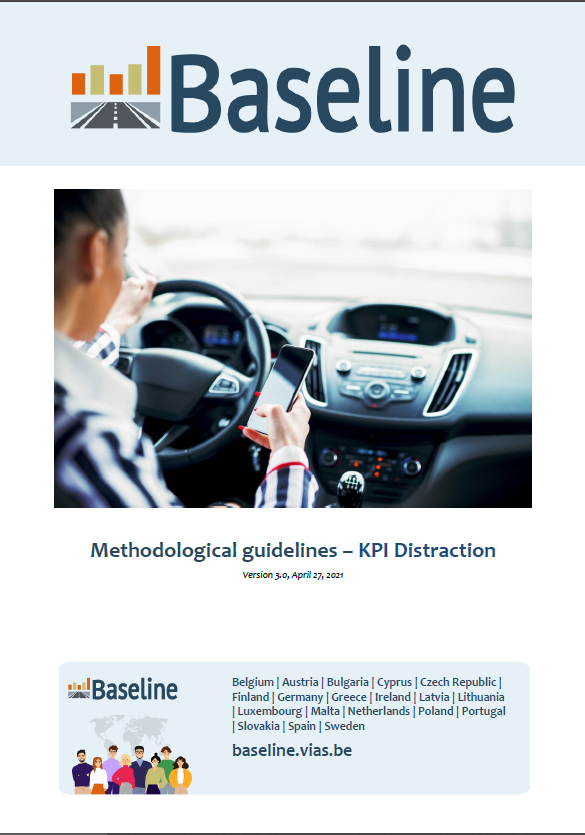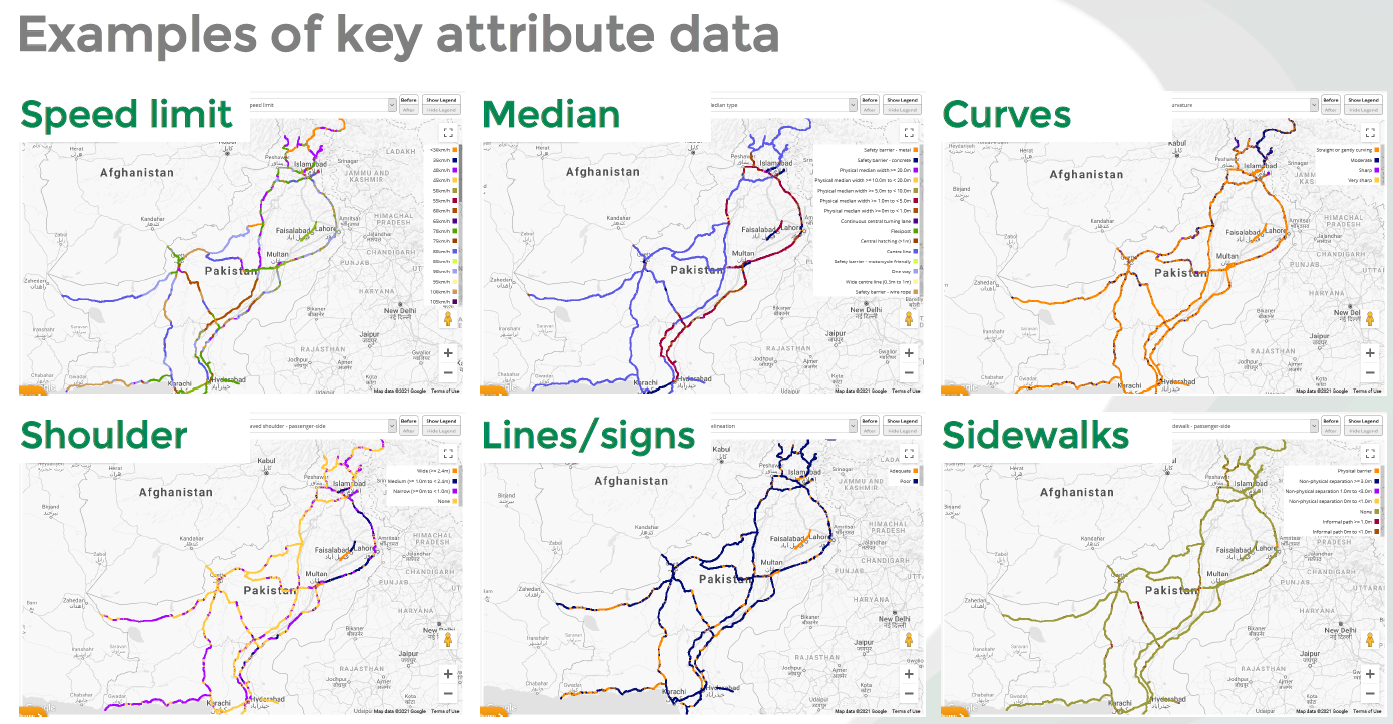Road accidents inflicts high economic costs. This indicator reports economic costs of road accident injuries in USD.
A New Toolkit for Post-Crash Response
In May, the European Bank for Reconstruction and Development and the Eastern Alliance for Safe and Sustainable Transport (EASST), with support from UK Aid through the World Bank Global Road Safety Facility, launched a new training toolkit with resources to enhance the effectiveness of post-crash emergency medical and rescue operations.
Contact Person
Asian Transport Outlook Database
The Communication of the European Commission “Europe on the Move – Sustainable Mobility for Europe: safe, connected and clean” of the 13th of May 2018 confirmed the EU's long-term goal of moving close to zero fatalities in road transport by 2050 and added that the same should be achieved for serious injuries. It also proposed new interim targets of reducing the number of road deaths by 50% between 2020 and 2030 as well as reducing the number of serious injuries by 50% in the same period. To measure progress, the most basic – and important – indicators are of course the result indicators on deaths and serious injuries.
In order to gain a much clearer understanding of the different issues that influence overall safety performance, the Commission has elaborated, in cooperation with Member State experts, a first set of key performance indicators (KPIs). The KPIs relate to main road safety challenges to be tackled, namely: (1) infrastructure safety, (2) vehicle safety, (3) safe road use including speeding, alcohol, distraction and the use of protective equipment, and (4) emergency response. The aim of the KPIs is connected to EC target outcomes.
The aim of the BASELINE project, funded partially by the European Commission, is to assist participating Member States’ authorities in the collection and harmonized reporting of these KPIs and to contribute to building the capacity of Member States which have not yet collected and calculated the relevant data for the KPIs. The outcomes of this project will be used to set future European targets and goals based on the KPIs.
The purpose of this document is to further describe the minimum methodological requirements needed to qualify for the BASELINE KPIs for speeding, defined as: percentage of vehicles travelling within the speed limit.

BASELINE Project: Methodological guidelines – KPI Helmet use among Cyclists and Powered two-wheelers (PTWs)

The Communication of the European Commission “Europe on the Move – Sustainable Mobility for Europe: safe, connected and clean” of the 13th of May 2018 confirmed the EU's long-term goal of moving close to zero fatalities in road transport by 2050 and added that the same should be achieved for serious injuries. It also proposed new interim targets of reducing the number of road deaths by 50% between 2020 and 2030 as well as reducing the number of serious injuries by 50% in the same period. To measure progress, the most basic – and important – indicators are of course the result indicators on deaths and serious injuries.
In order to gain a much clearer understanding of the different issues that influence overall safety performance, the Commission has elaborated, in cooperation with Member State experts, a first set of key performance indicators (KPIs). The KPIs relate to main road safety challenges to be tackled, namely: (1) infrastructure safety, (2) vehicle safety, (3) safe road use including speed, alcohol, distraction and the use of protective equipment, and (4) emergency response. The aim of the KPIs is connected to EC target outcomes.
The aim of the BASELINE project, funded partially by the European Commission, is to assist participating Member States’ authorities in the collection and harmonized reporting of these KPIs and to contribute to building the capacity of Member States which have not yet collected and calculated the relevant data for the KPIs. The outcomes of this project will be used to set future European targets and goals based on the KPIs.
The purpose of this document is to further describe the minimal methodological requirements to qualify for the BASELINE KPIs for safety belts and child restraint systems, defined as: percentage of riders of powered two-wheelers and bicycles wearing a protective helmet
BASELINE Project: Methodological guidelines – KPI Distraction

The Communication of the European Commission “Europe on the Move – Sustainable Mobility for Europe: safe, connected and clean” of the 13th May 2018 confirmed the EU's long-term goal of moving close to zero fatalities in road transport by 2050 and added that the same should be achieved for serious injuries. It also proposed new interim targets of reducing the number of road deaths by 50% between 2020 and 2030 as well as reducing the number of serious injuries by 50% in the same period. To measure progress, the most basic – and important – indicators are of course the result indicators on deaths and serious injuries.
In order to gain a much clearer understanding of the different issues that influence overall safety performance, the Commission has elaborated, in cooperation with Member State experts, a first set of key performance indicators (KPIs). The KPIs relate to main road safety challenges to be tackled, namely: (1) infrastructure safety, (2) vehicle safety, (3) safe road use including speed, alcohol, distraction and the use of protective equipment, and (4) emergency response. The aim of the KPIs is connected to EC target outcomes.
The aim of the BASELINE project, funded partially by the European Commission, is to assist participating Member States’ authorities in the collection and harmonized reporting of these KPIs and to contribute to building the capacity of Member States which have not yet collected and calculated the relevant data for the KPIs. The outcomes of this project will be used to set future European targets and goals based on the KPIs.
The purpose of this document is to further describe the minimal methodological requirements to qualify for the BASELINE KPIs for driver distraction, defined as: Percentage of drivers not using a handheld mobile device
CASE STUDY: Upskilling traffic police officers to tackle speeding in the Philippines
Contact Person
CASE STUDY: How a ‘five-star’ system is helping Pakistan fix dangerous roads

Contact Person
Pagination
- Previous page
- Page 2
- Next page